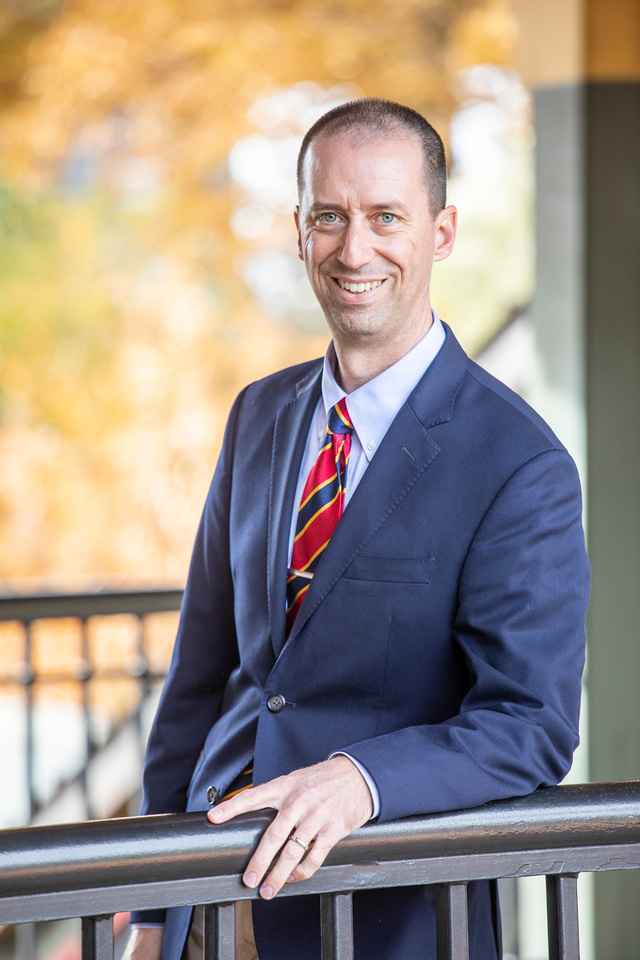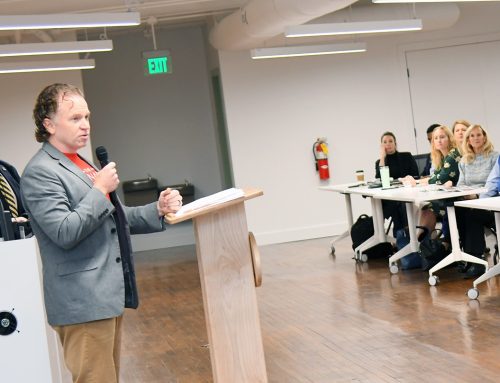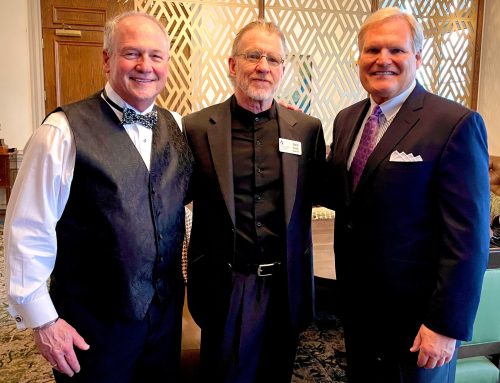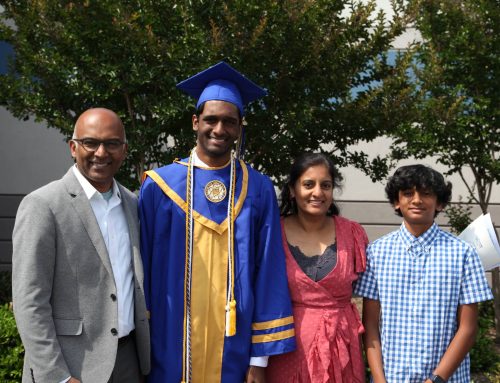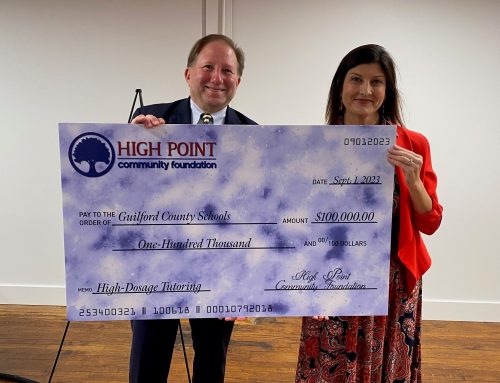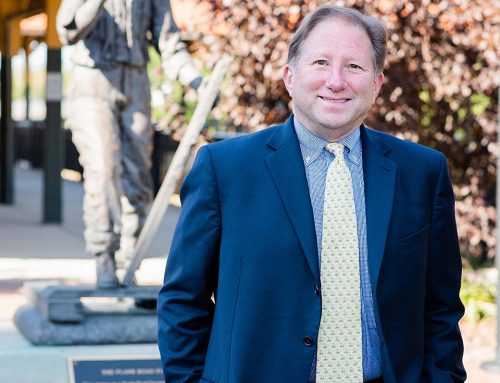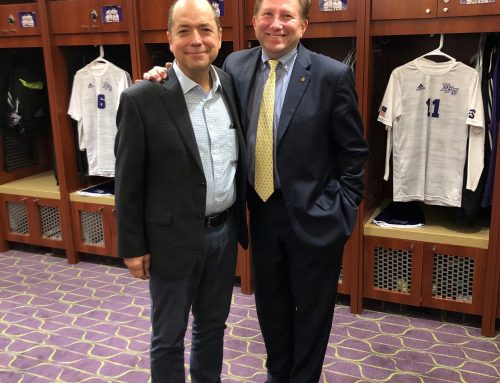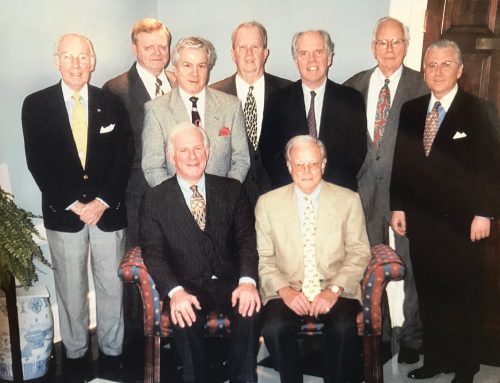From our health care system to political and racial divisions, COVID 19 has put a spotlight on the most broken parts of our society. After months of teaching my kids at home, I’m keenly aware of how warped our way of raising children has become.
Instead of raising kids within a community that cares for them as our own, children have increasingly become seen as the private property of parents. And if kids are not getting what they need, our society blames the parents – without considering systemic issues like race or income.
Last week, my kids and I were on FaceTime with my 94-year-old grandmom talking about our trials at e-learning. She told my kids what it was like for her as a stay-at-home mom, raising kids in the 1950s and 1960s. My kids were struck by the thought that my dad was disciplined by other people’s parents.
Her recollections confirm what the sociologist Robert Putnam shows in his book “Our Kids.” In the 50s and 60s, there was more communal responsibility for raising kids across socioeconomic lines (though not racial ones). With more shared responsibility, there were more chances for kids to exit poverty because wealthier families used their influence to help all kids.
Without that shared responsibility, the economic prospects of kids today are tied more closely to their parents’ economic situation. COVID 19 has only exacerbated this reality.
When we moved online in March, the equalizing effect of public schools evaporated. In addition to education, our society expects schools to offer vision screenings, dental care, mental health services, and be the key places where domestic and child abuse are recognized. Plus, teachers have to be social workers, healthcare providers, trauma specialists, and more (even as their salaries have stagnated).
But when our kids are no longer in the building, these equalizing services vanish. COVID 19 shows how much responsibility we have shifted from our communities and onto our public schools.
Guilford County Schools should be commended for rapidly switching 70,000+ students to online education. 95% of all kids in the district have logged in to complete their schooling. This was possible, though, because our community stepped up. The High Point-based company Technology for the Future and local donors helped the Guilford Education Alliance and the High Point Community Foundation distribute nearly 2,000 laptops to kids in High Point Schools.
This fall, however, national statistics suggest that 60% of parents will seek at-home schooling options. With school budgets contingent on student headcounts, Guilford County Schools will need robust online options or else face dramatic budget cuts. But, of course, online education (even with a free laptop) isn’t a real option for most families, and the gaps between the affluent and the poor will only deepen. Our community cannot leave it up to schools or parents to provide all the things kids need to have real opportunity in life.
So, I encourage you to participate in celebrating this year’s graduates, offer to help working parents (we badly need a break), be flexible with employees with kids (there will be no “reopened” economy without childcare), donate to and get involved with groups like Communities in Schools or the High Point Schools Partnership.
When Jesus took the children into his arms, he took them all up. They were all his kids. So too we have to embrace all High Point kids as our kids. They deserve nothing less.
Rev. Dr. Joe Blosser
HPCF Trustee
Culp Director of Service Learning and Assoc. Prof. of Religion and Philosophy, High Point University
jblosser@highpoint.edu


